Gloucester Place
Please note that this text is an extract from a reference work written in 1990. As a result, some of the content may not reflect recent research, changes and events.
b) GLOUCESTER PLACE: Built in the 1800s, Gloucester Place was widened by the removal of front gardens around the turn of the century and has been somewhat rebuilt, but nos.25-26 remain, four-storey buildings with ironwork balconies and canopies. No.27, now the Gloucester night-club, was opened as the Gloucester Hotel in about 1819 in a four-storey building with bows, balconies, verandahs and a Doric doorway, but it was considerably remodelled and enlarged in 1925 when the Gloucester Mansions flats were added. {26,108,115}
Trustcard House was erected in 1985 on the site of Telephone House, an eight-storey red-brick block used as offices by the General Post Office and constructed in 1938 on the site of some Regency houses; it was found to be structurally unsafe in the early 1980s. The new building is relieved by its soft colour and use of bay windows. {123,129}
The Astoria Cinema was formally opened on 21 December 1933 by Sir Cooper Rawson, M.P., with a relatively simple interior, stage, organ, restaurant and tea-rooms, and room for 1,823 people. It was soon acquired by Associated British Cinemas Ltd and presented many long runs of epic films in the 1950s, ’60s and ’70s on its giant screen, but in May 1977 the cinema closed and became the Coral Social Club. {68,68a}
Lombard House was built in 1957 for the Royal Sussex Regiment. The houses that formerly stood there were destroyed by enemy bombing in the war and the site was given to the regiment on the occasion of it being granted the honorary right of entry to the borough in October 1944. The development includes flats for the benefit of all ranks, past and present. The adjacent Gloucester Place Baptist Church was damaged in the same air-raid. It was built by George Baines in 1904 to replace the former Queen Square Baptist Church which had been sold to the Union Church. {62,115,242,311}
Any numerical cross-references in the text above refer to resources in the Sources and Bibliography section of the Encyclopaedia of Brighton by Tim Carder.
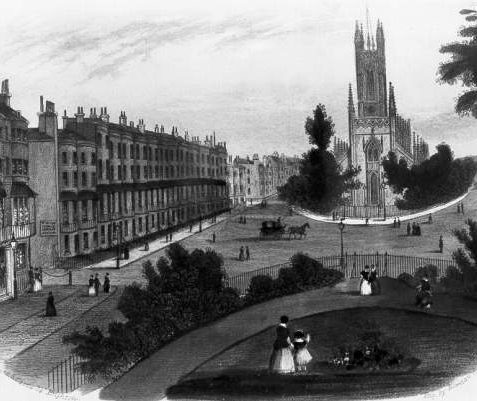
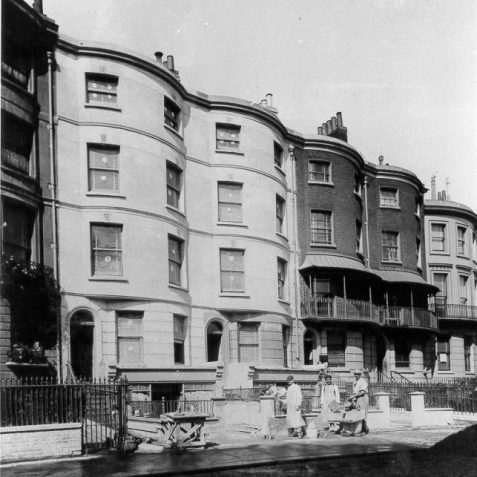
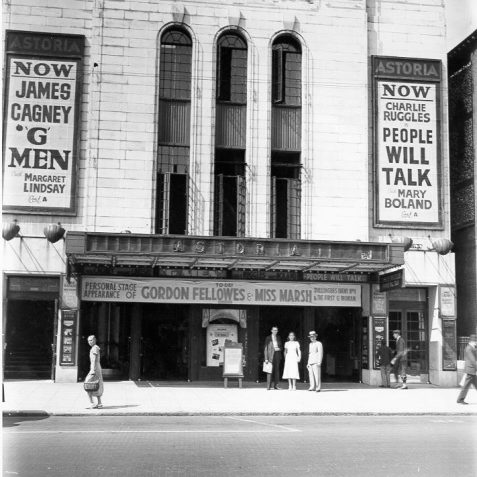

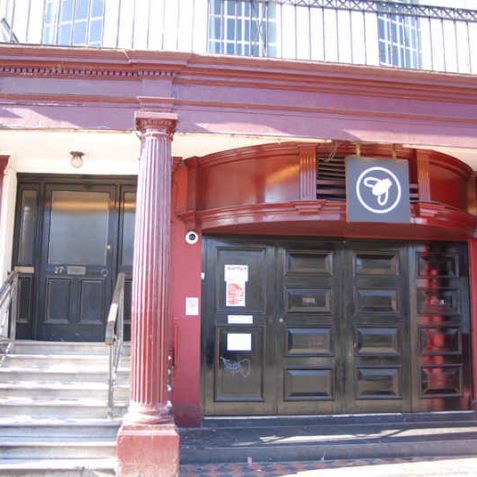
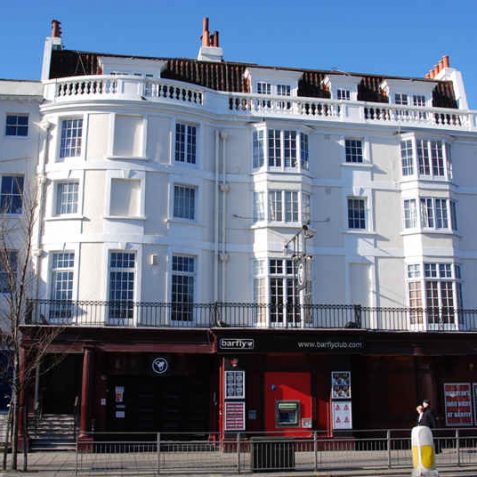
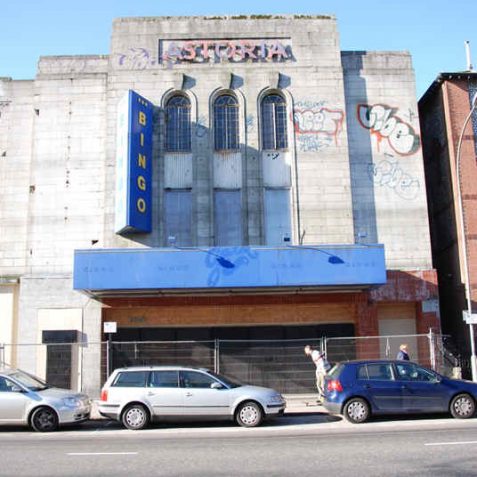
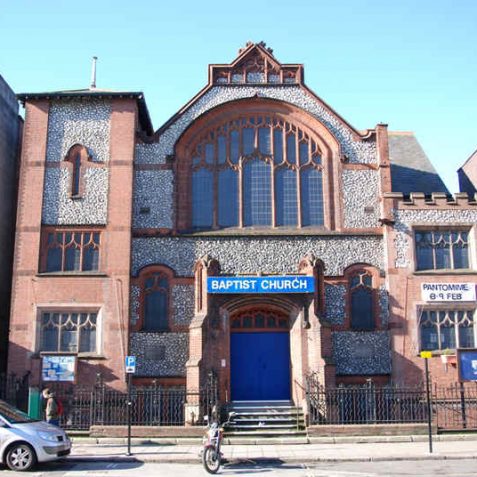




Comments about this page
My sisters and I used to go to the Girls’ Life Brigade in the hall below the church. The entrance was on the far right of the picture, it looks as if it has been closed off now with a tall iron gate. We used to rehearse songs from the musicals and had a great time.
The RH side of this church was destroyed by a WWII bomb, I have a few photos of it. The rebuilding was very good, its hard to spot, but if you look closely the repairs can be seen.
Add a comment about this page